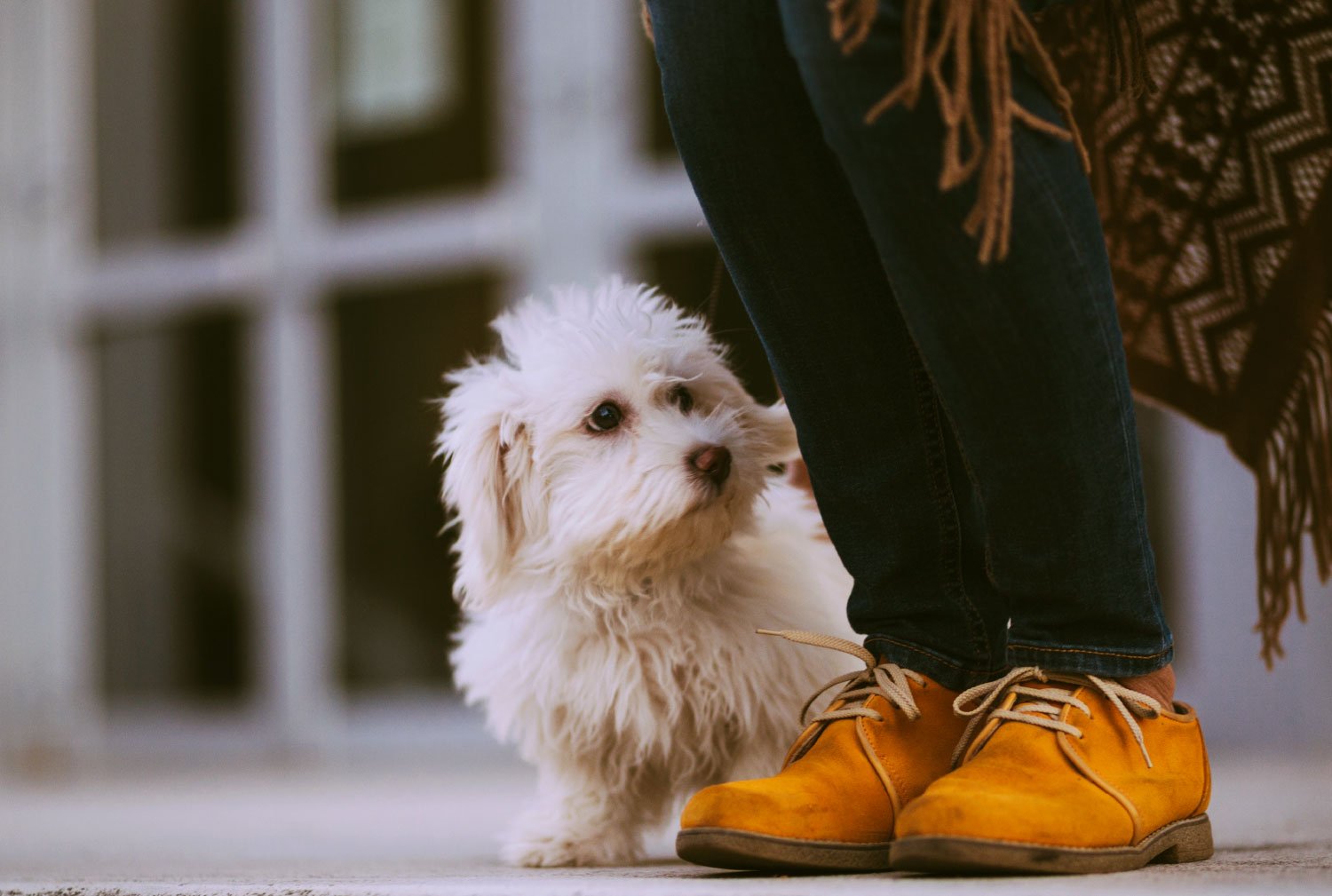THINGS WE DO

Post Operative Complications
When your pet is discharged from the hospital you will be given specific information about their care at home. Following this advice will greatly reduce the risk of postoperative complications. The information below is designed to give you an insight into the most common complications, tips on how to prevent them, and how they can be managed if they do occur.

Pain
Multimodal pain relief is used to manage surgical pain and your pet will be discharged with pain relief medication to continue at home. Individuals differ in their pain threshold, so monitoring for pain is important.
What will it look like?
Vocalising - whining, whimpering or yelping.
Change in activity level - restless, reluctant to move, trembling, repeatedly getting up and down
Self-protective - may not want to be held or picked up, may hunch, hide or protect a body part.
Change in daily habits - eating less, drinking less, change in sleeping, withdrawal from interaction with you and other pets.
How can it be prevented?
Give all medications as directed.
Make sure that your pet has a warm comfortable bed to rest in.
Avoid exercise, other than a gentle walk to the toilet after the surgery.
What do I do if it happens?
If there is severe pain call us immediately. If your pet is in severe distress after hours then call a 24hr practice such as CARE and follow the vet's advice.
If the pain symptoms are milder then call and speak to one of our nurses, who will advise whether a visit is needed.

Surgical Wound Inflammation, Infection or Breakdown
Wound irritation is the most common complication we see after any surgery and is often caused by self-trauma to the wound, but can also occur for a number of other reasons. Please check the wound area daily.
Dogs may develop skin irritation post-surgical skin preparation. This skin preparation primarily consists of clipping your pet's hair from the surgical site, as close to the skin as possible to create a sterile field for the surgeon to work. If you notice any skin irritations post-surgery, please advise us as soon as possible.
What will it look like?
The wound and skin around it may look red, ooze, and possibly open up.
How can it be prevented?
Preventing your pet from licking the wound is the single most important thing you can do to prevent this complication.
We strongly recommend an elizabethan collar be worn 24 hours a day for a minimum of 7 days post-surgery.
If wearing a traditional elizabethan collar is going to be a problem for your pet please consider exploring alternative styles before the day of surgery.
What do I do if it happens?
Take immediate steps to stop your pet from causing further trauma to the area.
Call us and organise a post-operative check visit as soon as possible.
In most cases preventing further trauma and using antibiotics to manage infection will resolve the problem, but occasionally a revision surgery is needed.

Swelling
What will it look like?
Swelling occurs when fluid builds up at the site of the surgery. This can be due to several reasons, the most common is where there is excess movement at the surgical site.
How can it be prevented?
With excellent pain management, your pet may not feel the need to rest postoperatively. However, it is important that only gentle walks are taken, minimal jumping, and no boisterous play for the week after the surgery to ensure healing occurs.
An ice pack or cold compress can be used on some incisions to help reduce swelling and discomfort. Only use the ice pack if your pet readily tolerates it as it can be detrimental if your dog is resistant. A cold pack is typically most useful in the first 3 days after surgery and should be discontinued thereafter. Place the pack on the incision site for 10 minutes three to four times daily. Do not put ice or a pack directly on the skin. Use a thin cloth or a paper towel, and be sure to keep the incision clean and dry.
For some patients, a mild sedative is needed. Be proactive about speaking with us if you feel this might be best for your pet.
What do I do if it happens?
Bring your pet in for a post-operative check so that we can check there is no wound breakdown, infection or hernia.
Time and rest will solve this issue generally, but if the swelling is severe enough to disrupt the sutures then a revision surgery may be needed.
Loss of appetite, Vomiting or Diarrhoea
Most patients have eaten before they are discharged so they may not want their normal dinner. By the morning their normal appetite should return. Please keep in mind, that anesthesia, fasting, surgery, and medications can slow down and have an impact on the gastrointestinal tract.
If your pet doesn't eat normally, vomits, or passes diarrhoea please call and speak to a nurse before giving any medications that may have been prescribed.
How can it be prevented?
A bland diet of Hills I/D or boiled chicken and rice can be given at home for 24 hours post anaesthetic.
Resist the urge to give unusual foods as a special treat and try to keep your pet’s diet constant both before and after the surgery.
If your pet has an anxious personality, or a history of gastric upsets, please let us know before the surgery and we may prescribe additional anti-anxiety medications or a special diet.
MORE OF

Be forever







